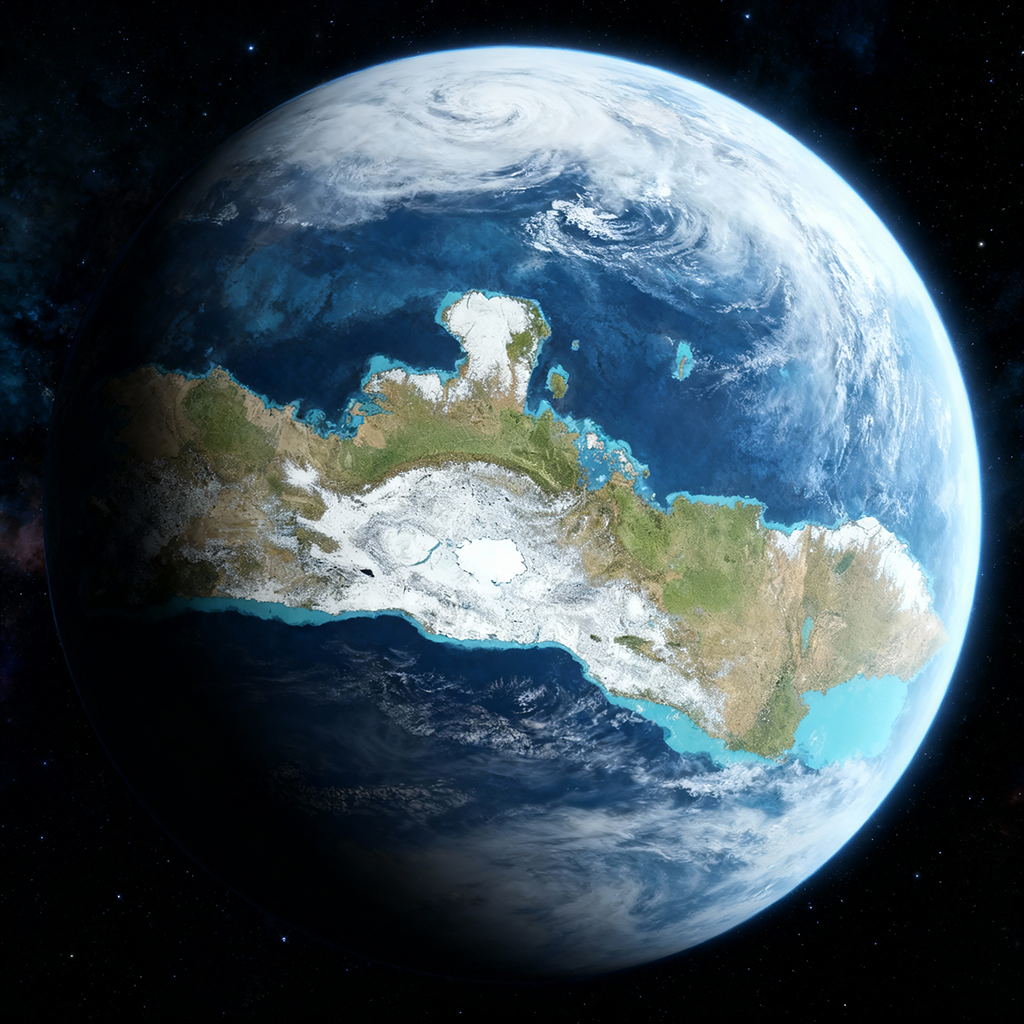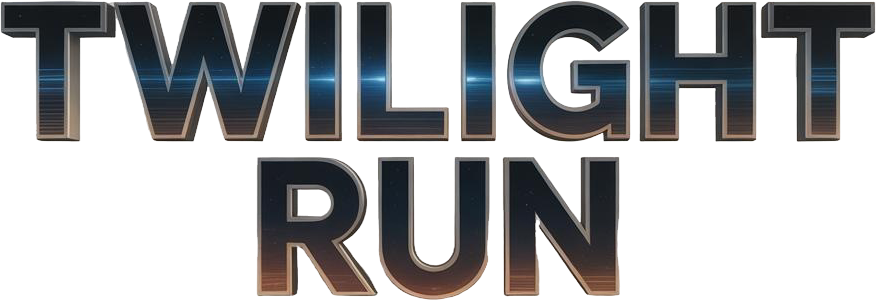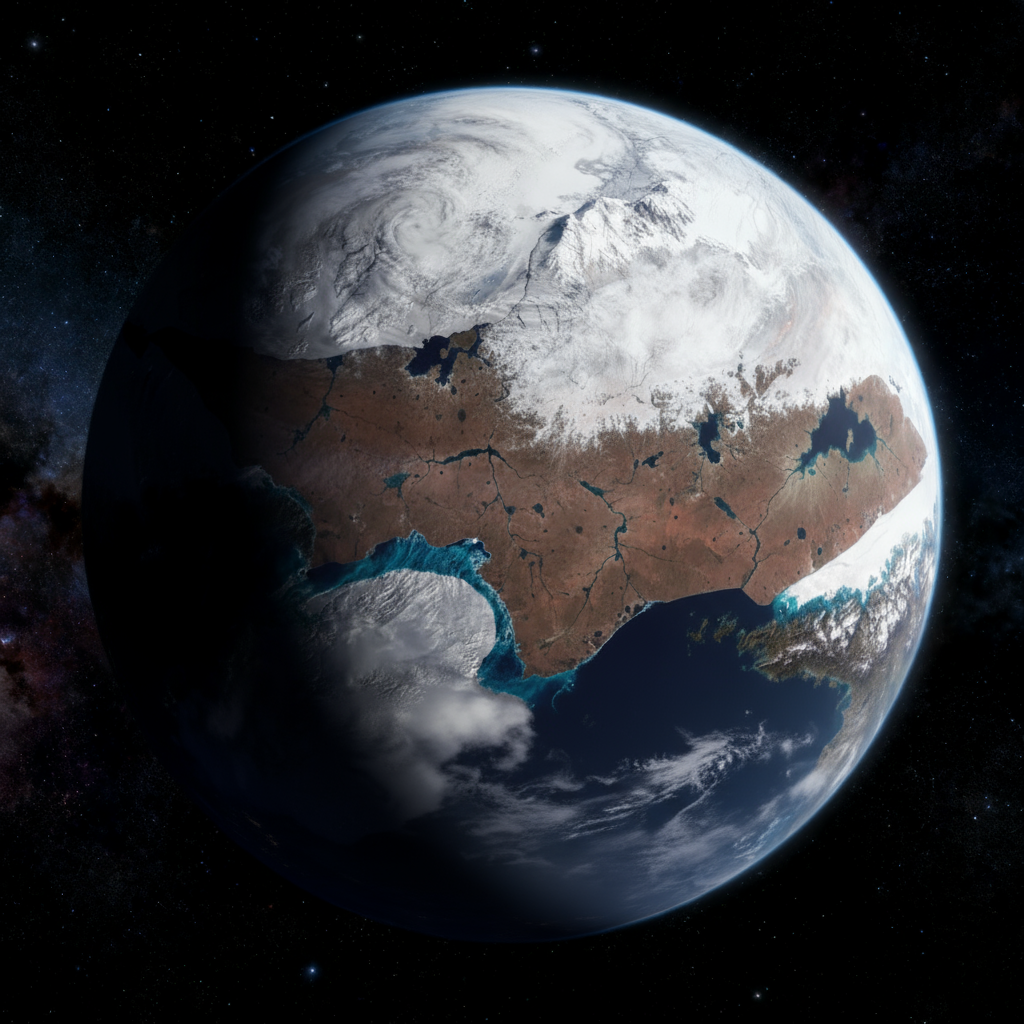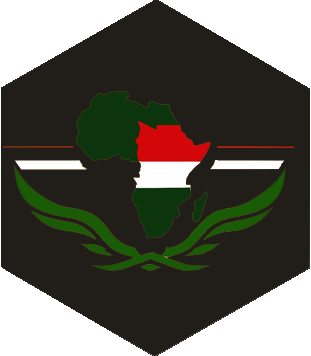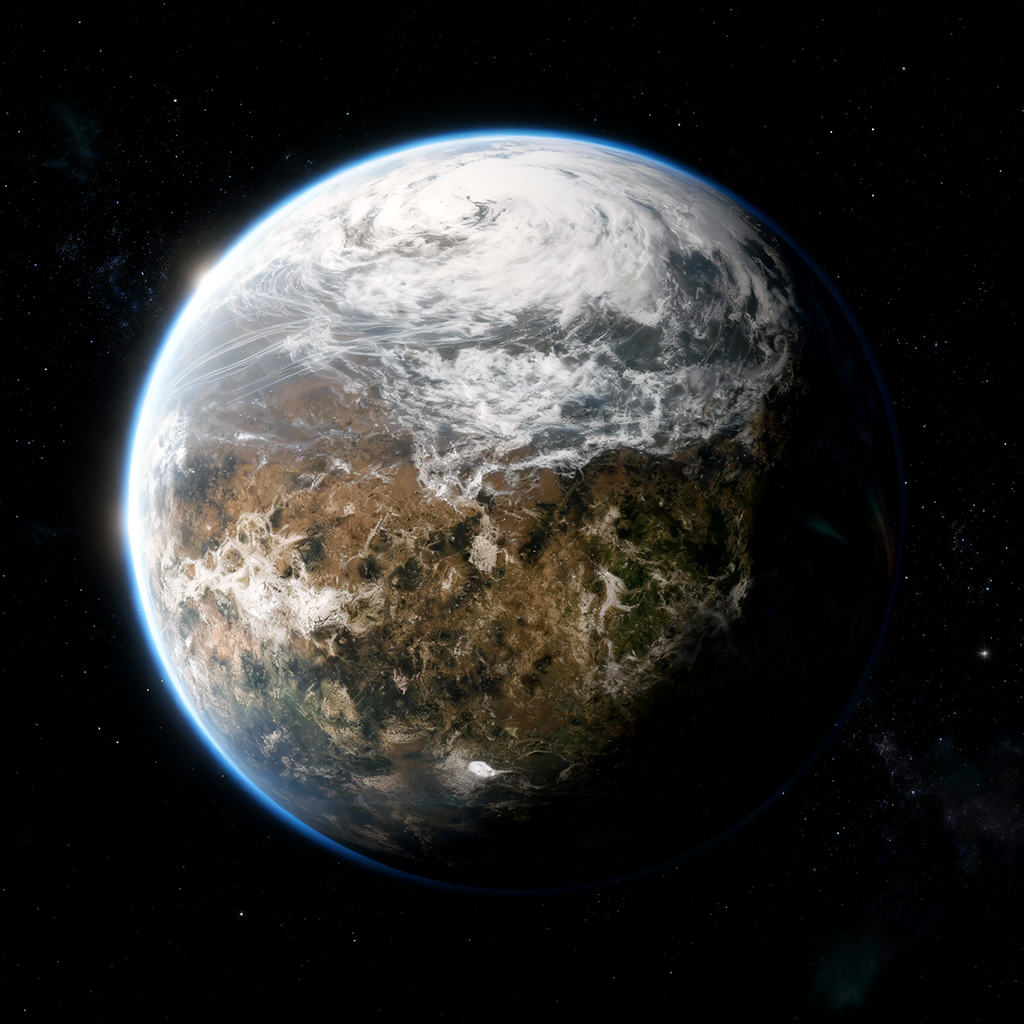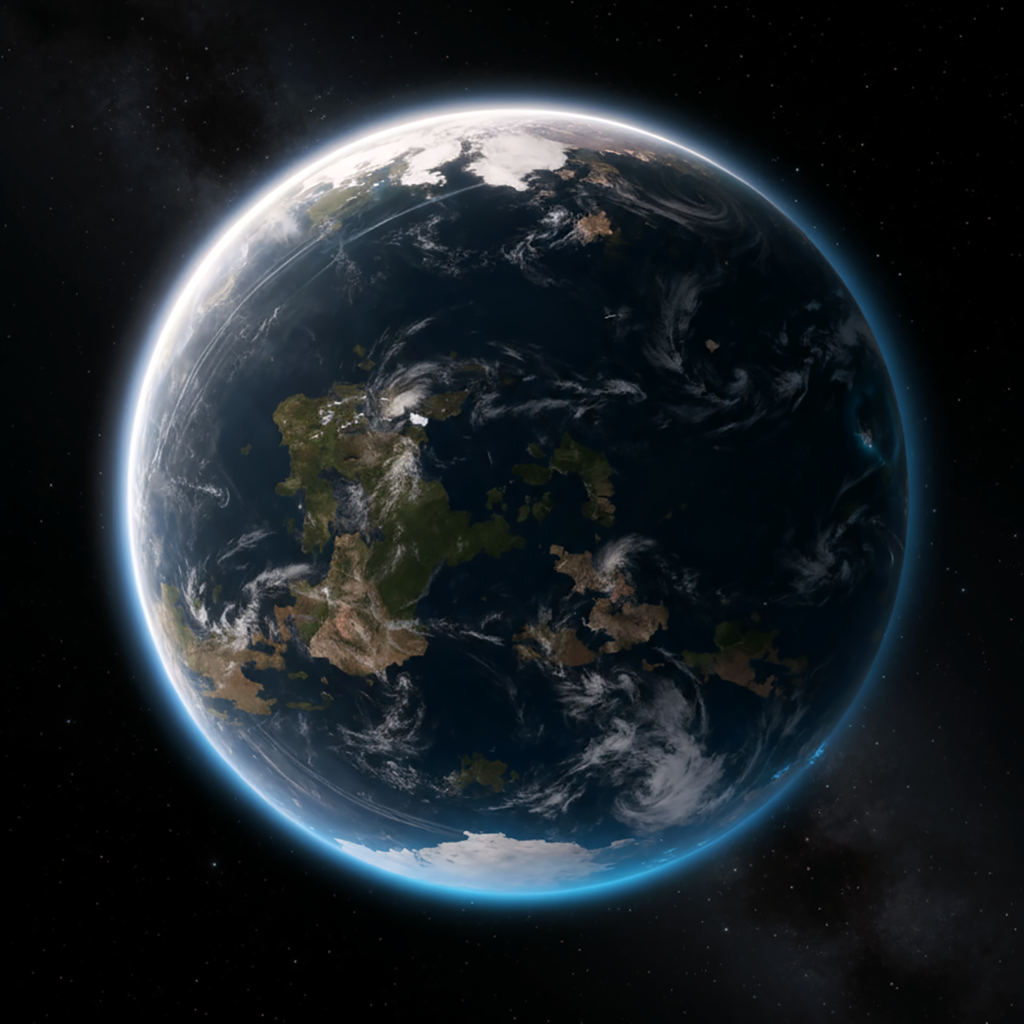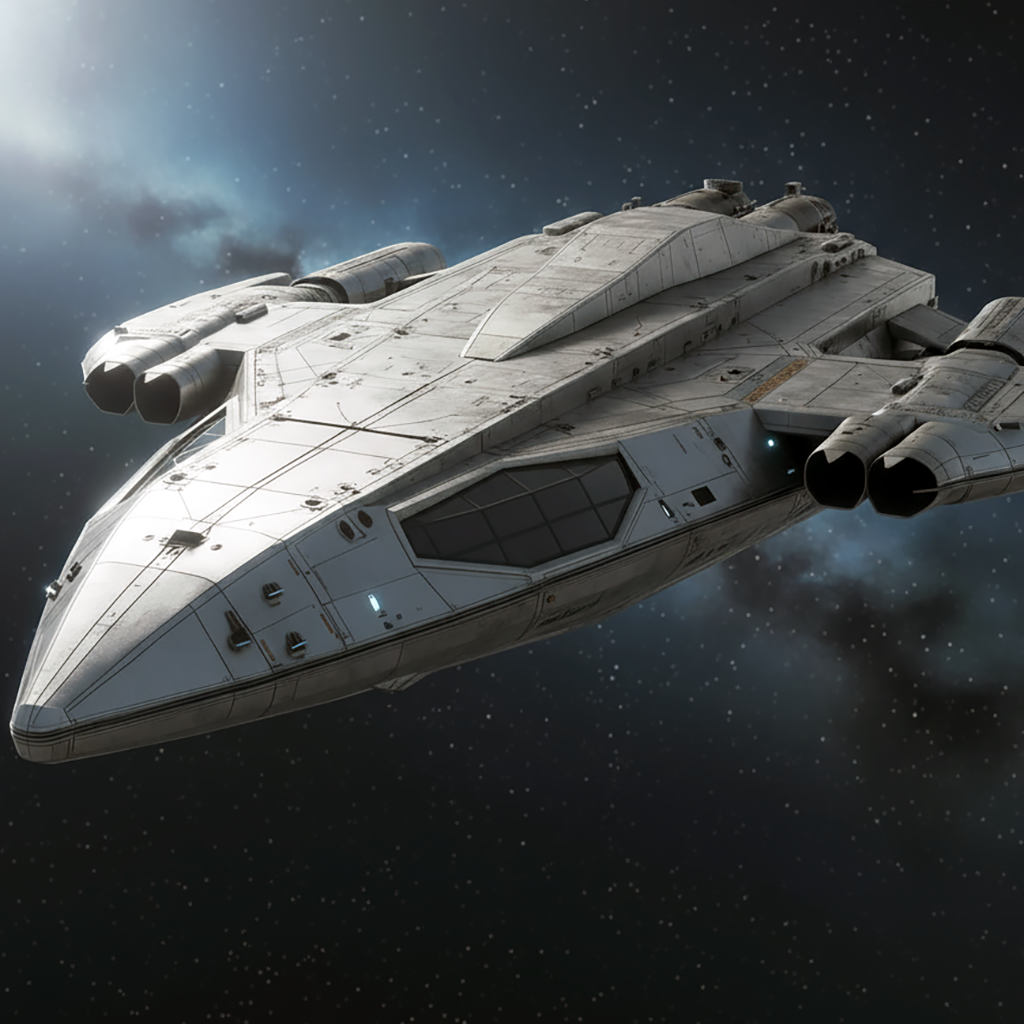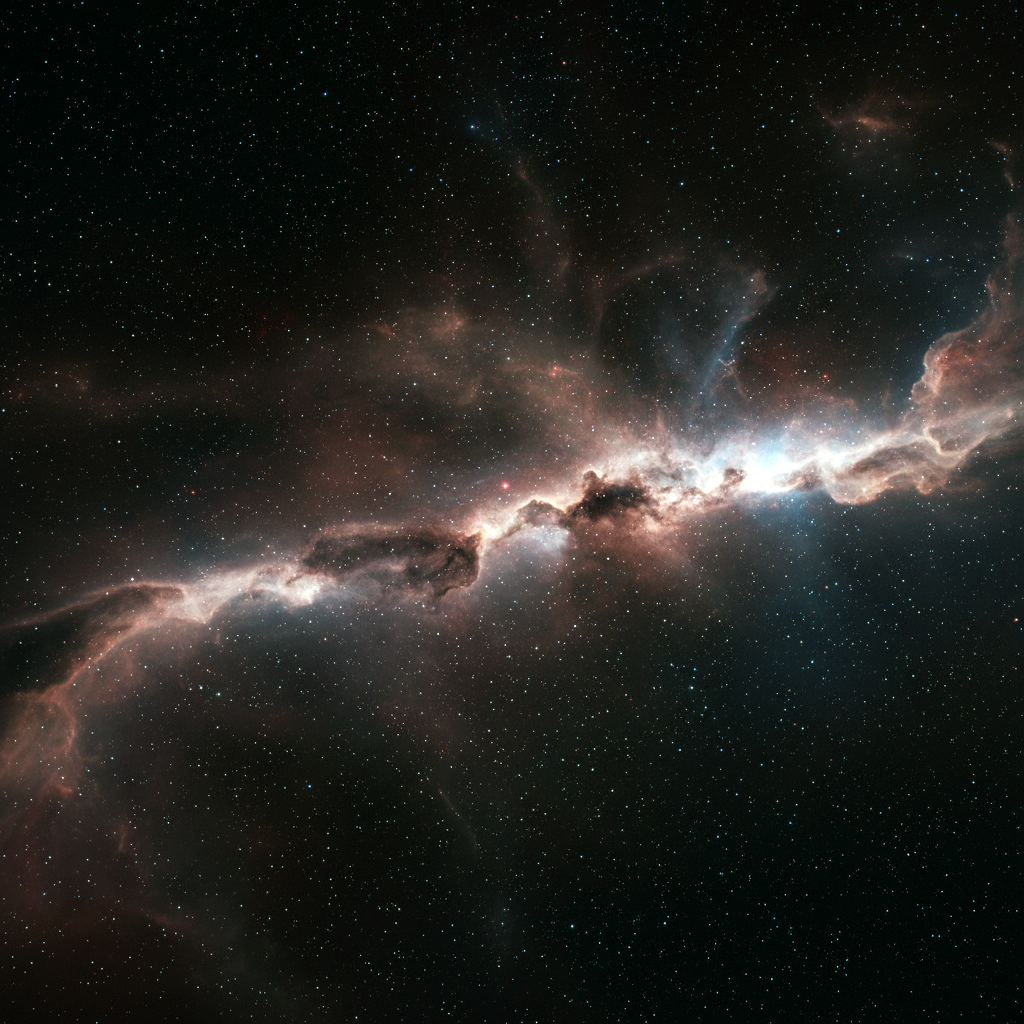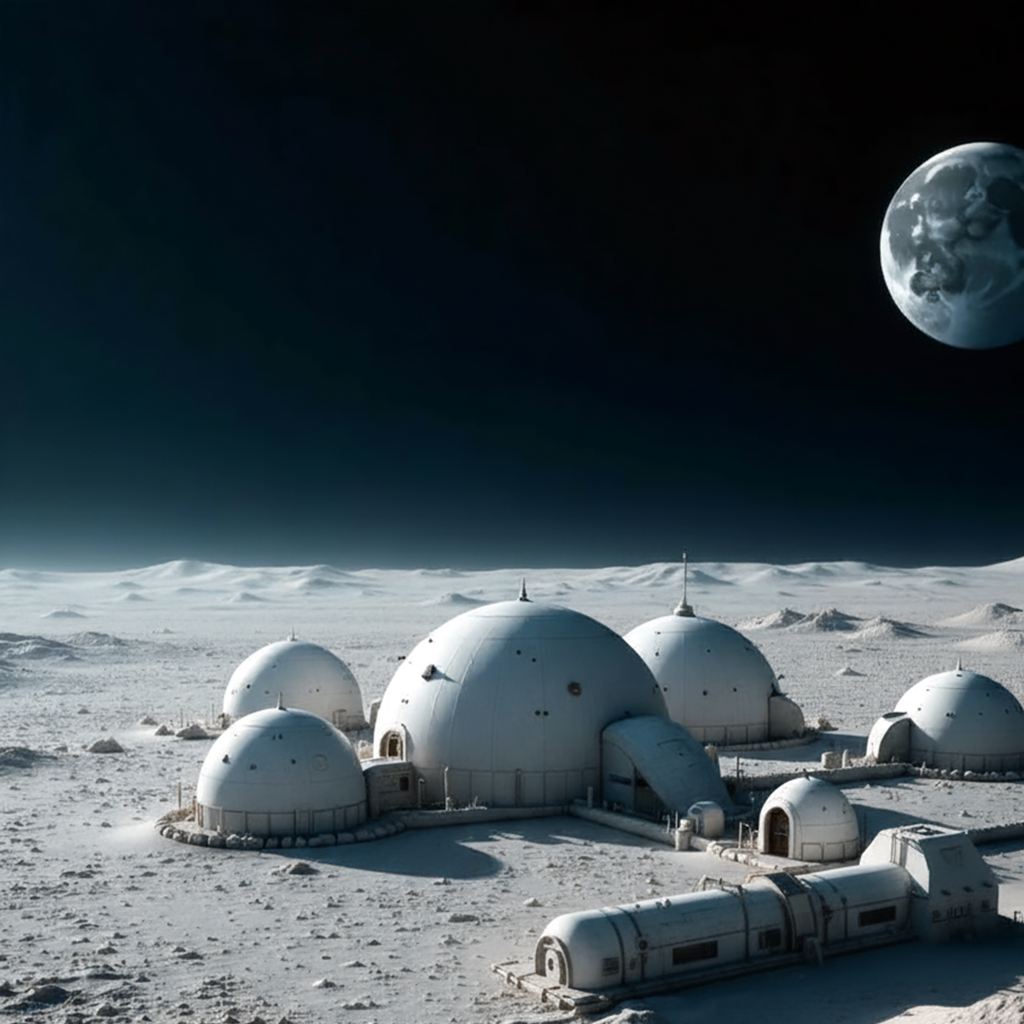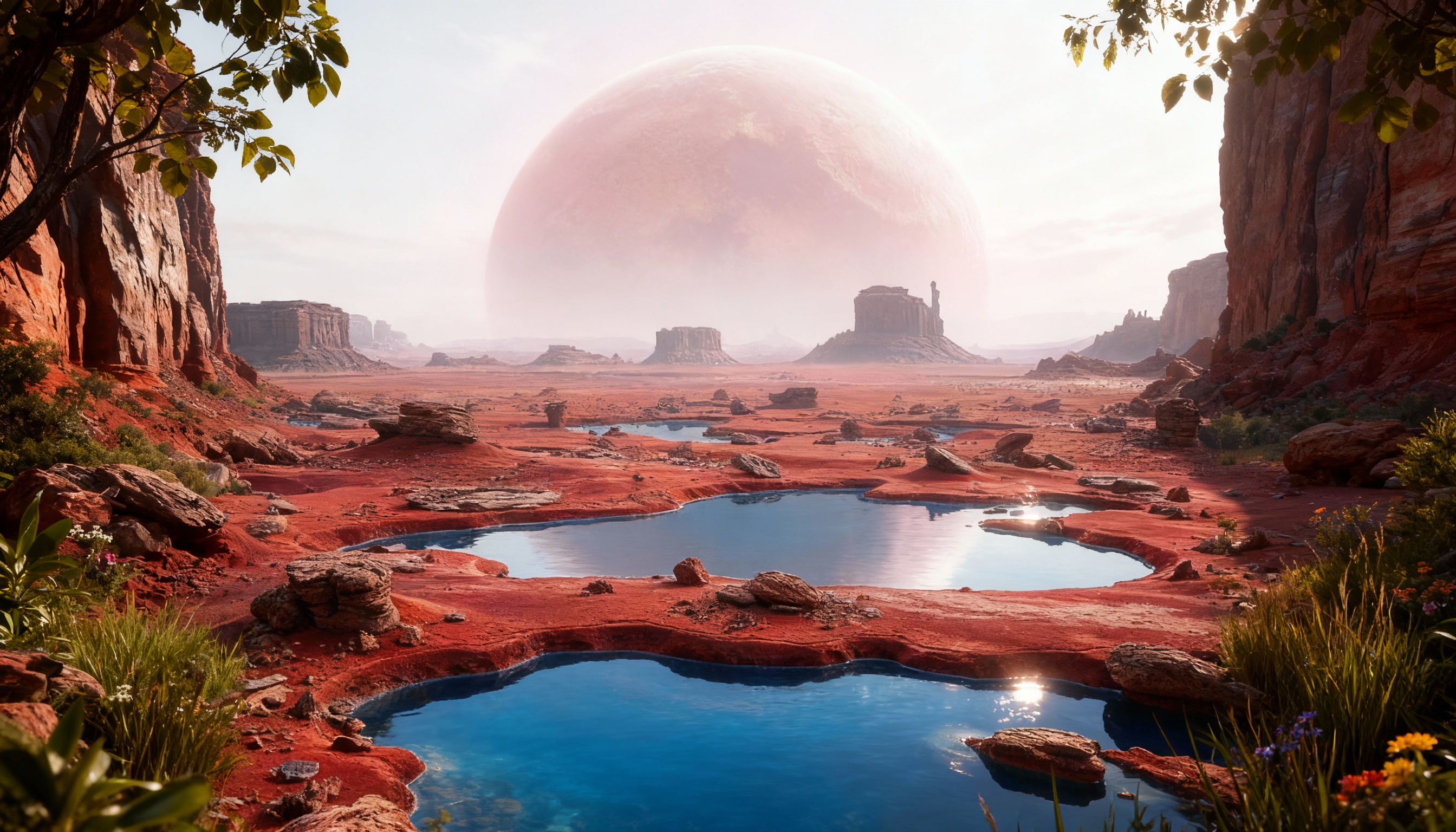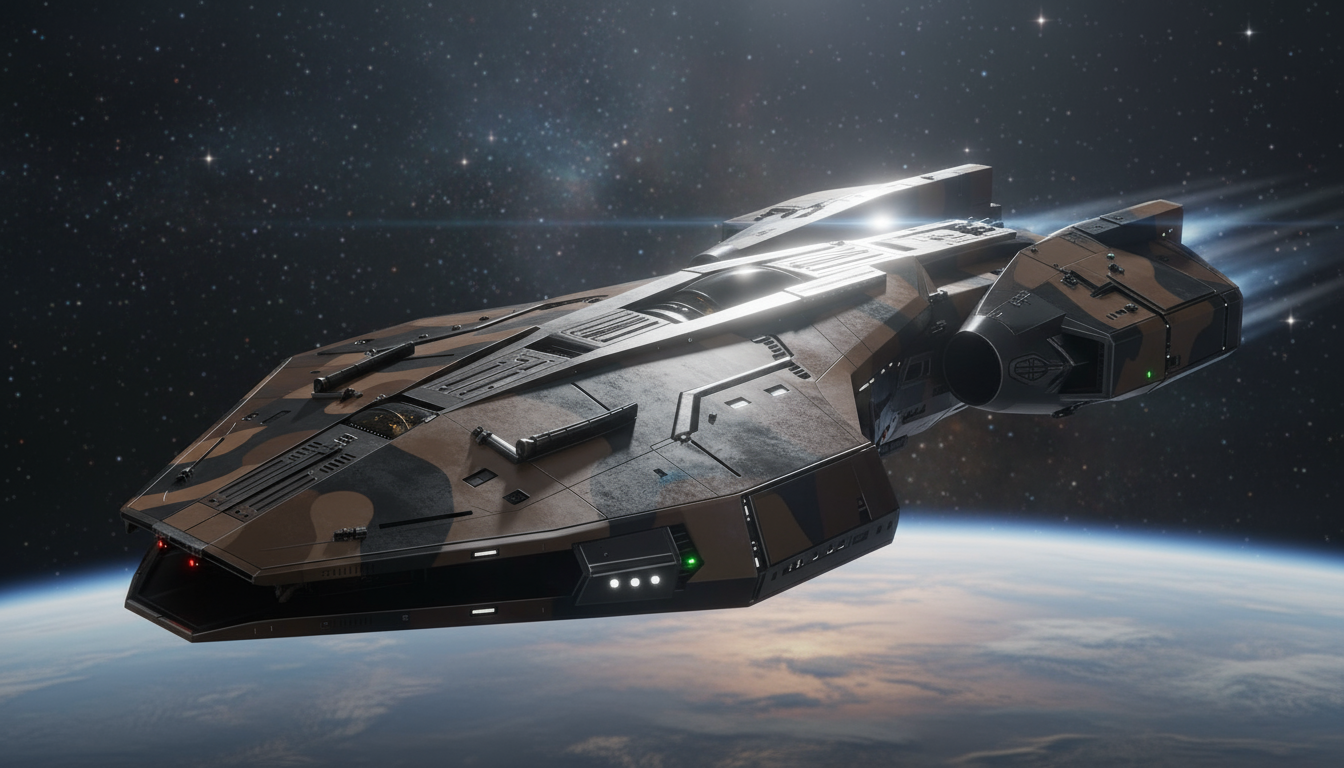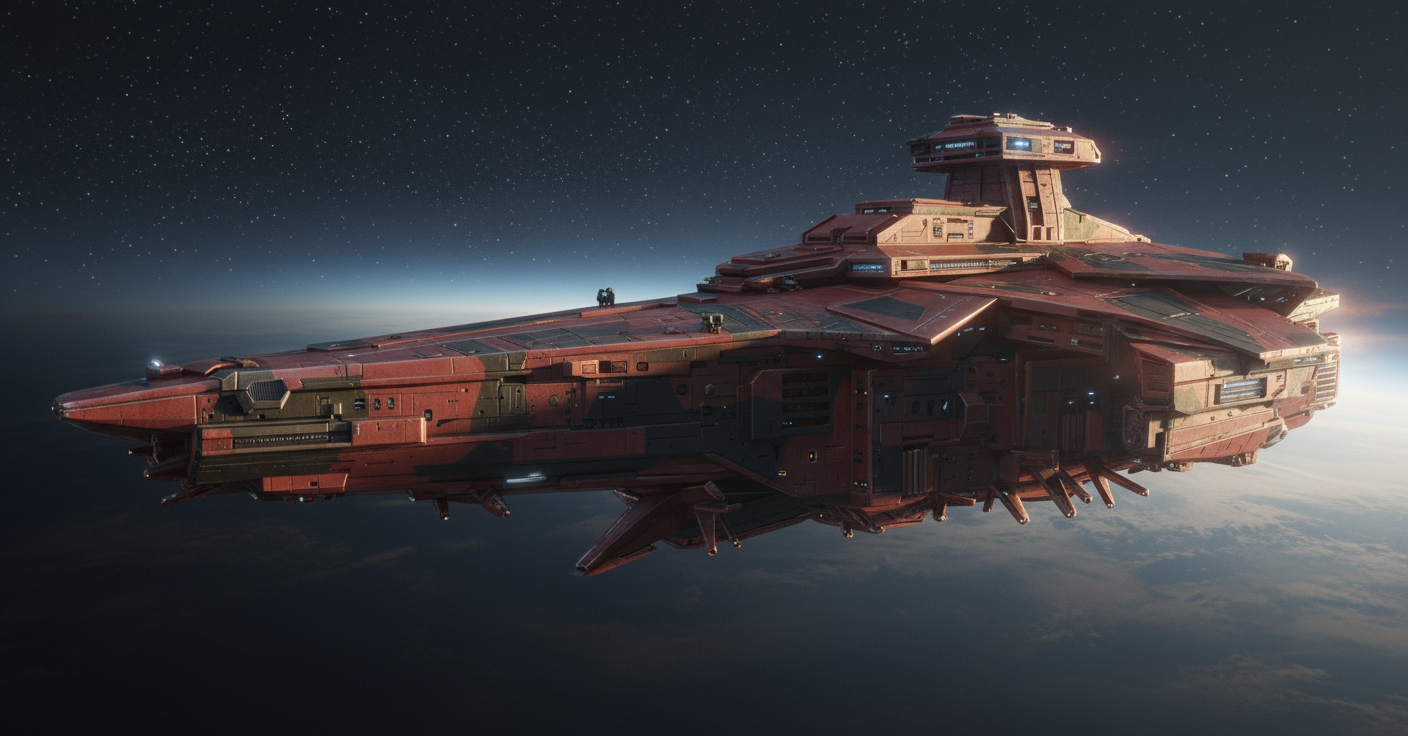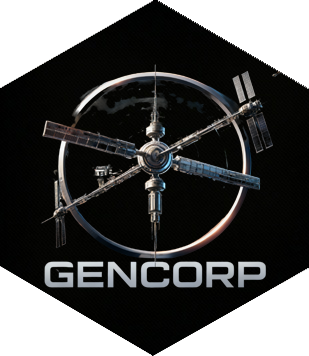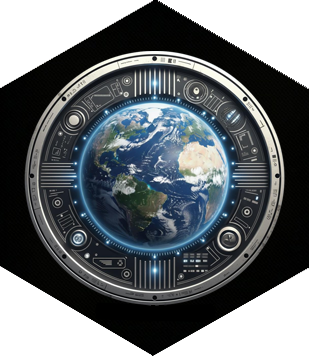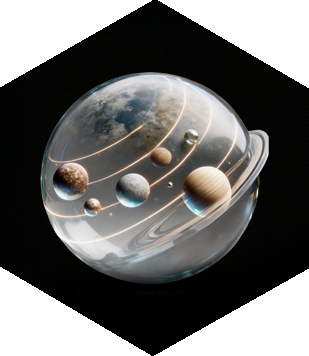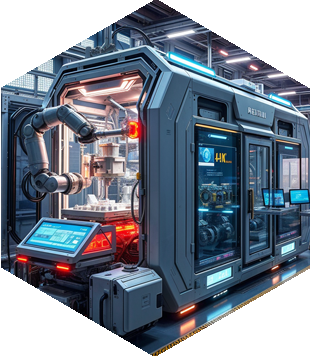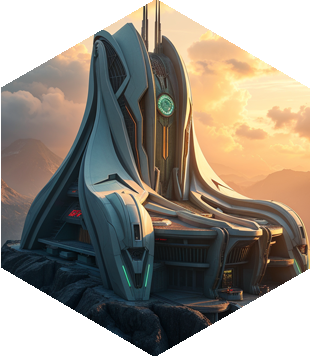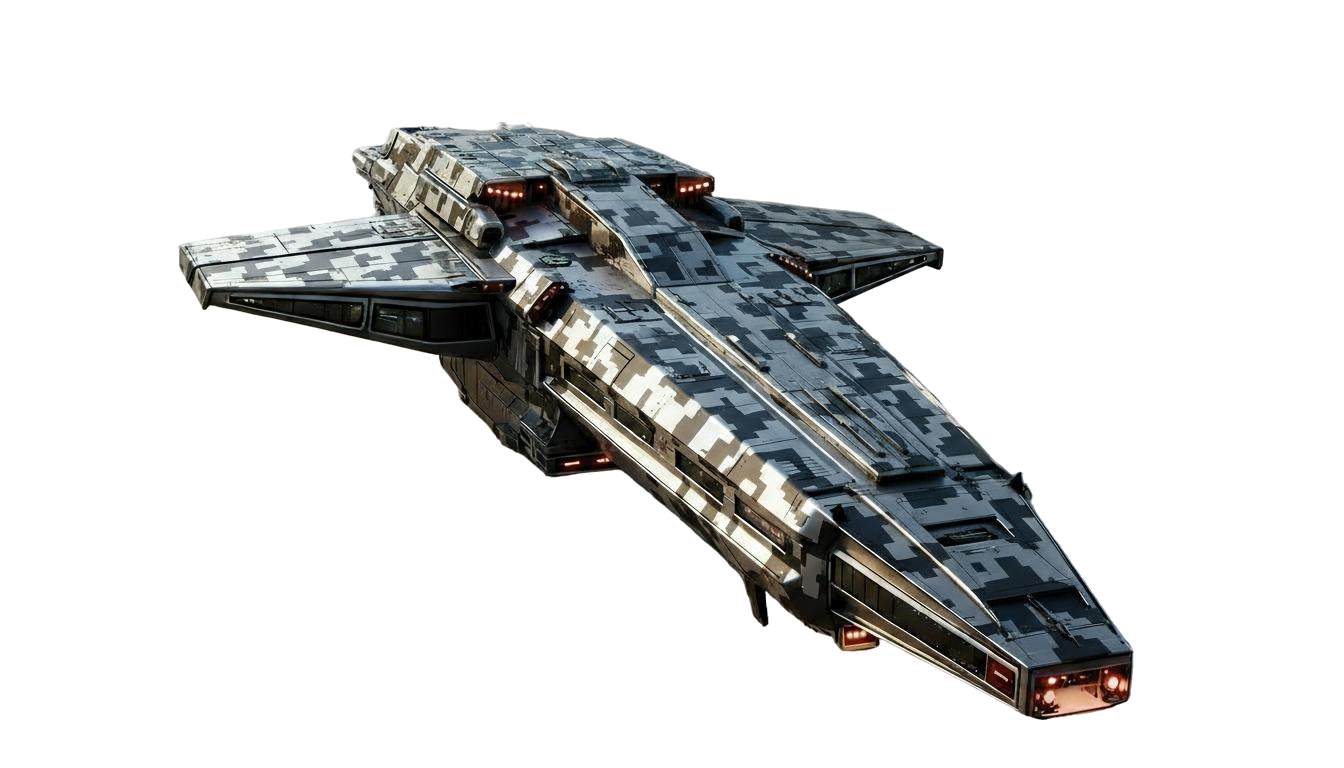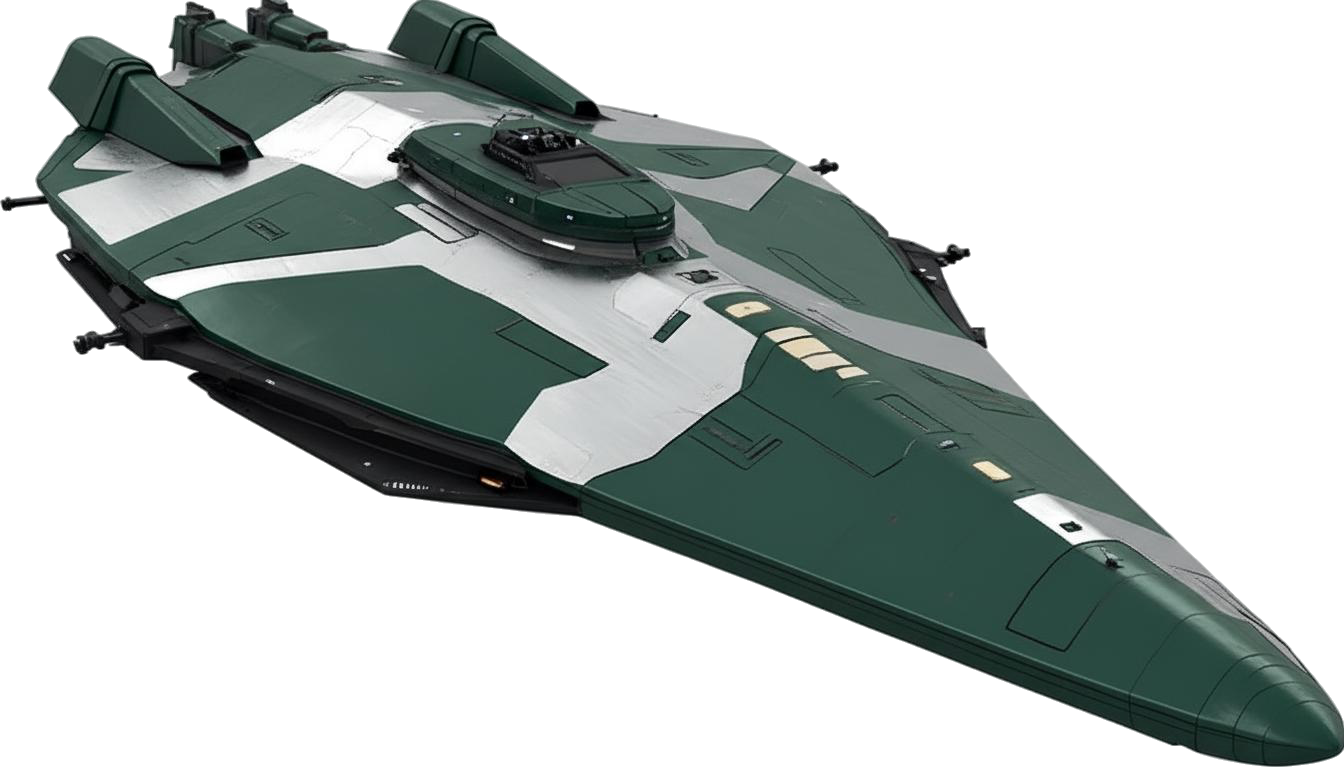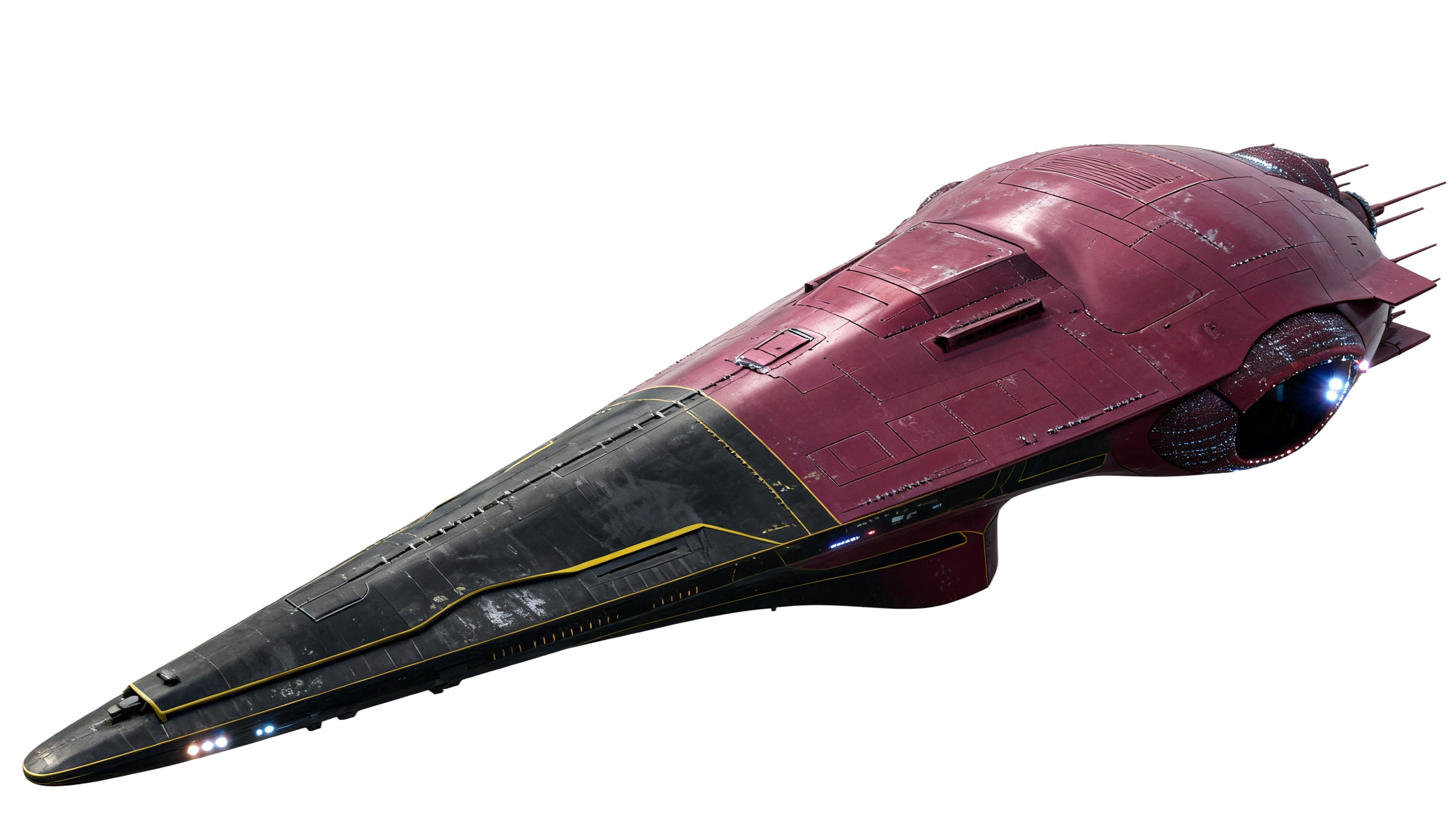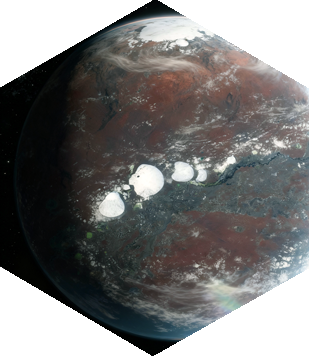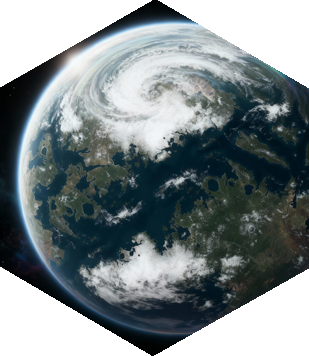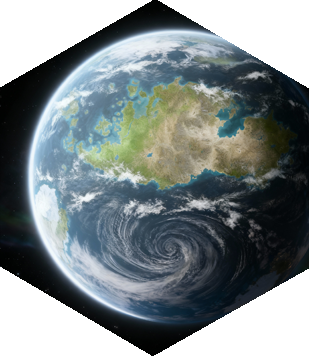Mars
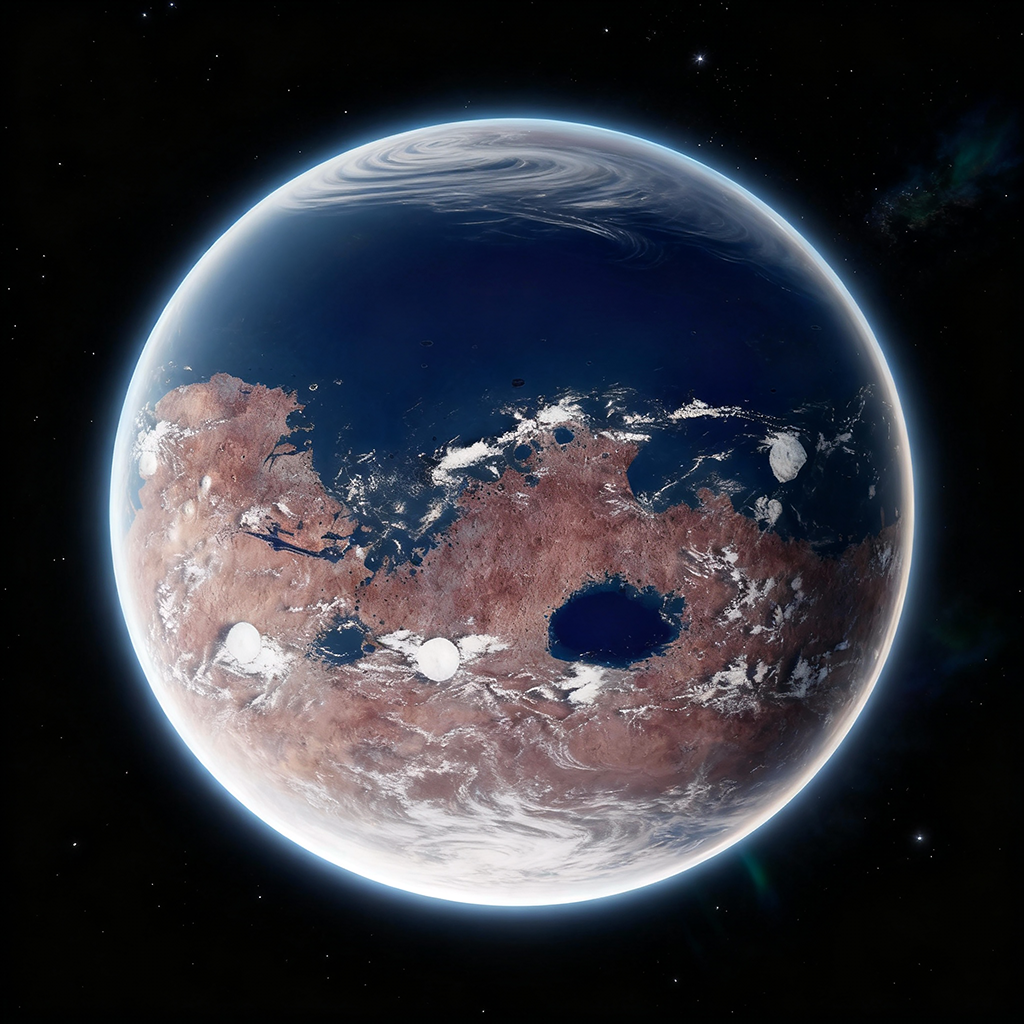

Introduction
Mars stands as humanity’s first true colony world — the birthplace of the Terran diaspora and the proving ground for every world that followed. From its earliest domed settlements in the 21st century to the towering arcologies and terraformed plains of the 23rd, Mars has evolved from a barren red desert into a thriving, ocean-bearing civilization. It remains both the spiritual and technological heart of Terran colonization.
Geography and Environment
The terraformed Mars of the 23rd century bears little resemblance to the frozen deserts of its youth. Vast inland seas, such as the Hellas Mare and Chryse Gulf, dominate the equatorial regions. A thin but breathable atmosphere of oxygen and nitrogen now coats the world, held stable through orbital mirrors, regolith oxygenators, and biological terraforming systems. Gravity remains 0.38g, lending Martian life its distinctive elegance — trees grow tall and thin, rivers flow slow and wide, and the horizon bends with a gentler curve than Earth’s.
Seasonal dust storms still roam the southern highlands, but they are now tempered by moisture and vegetation. Temperatures average a habitable 283K (10°C), moderated by controlled albedo reflectors and fusion-powered atmospheric circulators. The red deserts have become a tapestry of ochre, blue, and green — a living world rebuilt by centuries of human effort.
Colonization and Expansion
The colonization of Mars was humanity’s greatest logistical and political undertaking before interstellar travel. Early colonies grew around scientific bases and industrial hubs established by Terran powers and megacorporations. The United States Space Authority, European Space Consortium, and Keo Terra Interstellar were among the first to build permanent arcologies, transforming once-isolated habitats into self-sustaining cities.
By the 2140s, a network of domed settlements — New Olympus, Tharsis City, Lowell Basin, and Areopolis — linked the major industrial corridors of the equatorial regions. Terraforming infrastructure expanded dramatically: atmospheric processors pumped nitrogen and oxygen from regolith; carbon dioxide traps warmed the poles; and fusion-driven orbital mirrors redirected sunlight onto key basins, accelerating the atmospheric cycle. The introduction of genetically engineered flora — mosses, algae, and hardy ferns — marked the first greening of Martian soil.
As the population grew into the millions, governance evolved from Earth-controlled administrations into the Mars Directorate, a semi-autonomous authority balancing national and corporate interests. The Directorate oversaw the expansion of trade, mining, and terraforming efforts, eventually establishing the Martian Council — a precursor to the planetary governments later seen across the Terran Core.
Economy and Infrastructure
Modern Mars thrives on a tri-sector economy: industrial manufacture, energy export, and education and research. Its orbital elevators connect to vast ring platforms that host shipyards, manufacturing complexes, and interplanetary trade stations. The Tharsis Energy Grid powers much of the inner system, drawing from geothermal cores and fusion reactors beneath the Valles Marineris Rift. The Areopolis Institute and Lowell University of Planetary Science remain the most prestigious academic institutions in the Terran sphere, continuing a tradition of innovation that began with the first settlers.
Culture and Society
Martian culture is defined by endurance and aspiration. Generations of settlers forged a civic identity that blends frontier pragmatism with scientific idealism. Architecture favors verticality and transparency — vast crystal domes, terraced habitats, and subterranean halls carved into cooled lava tubes. The red planet’s anthem, “We Are the Dust that Breathed Again,” captures both its poetic legacy and technological triumph.
Life expectancy on Mars exceeds 130 Terran years due to controlled gravity and advanced medicine. Citizens enjoy near-universal education, hydroponic abundance, and a deep cultural reverence for water — every drop symbolizing the perseverance that made the planet bloom.
Legacy and Modern Mars
Today, Mars serves as the anchor world of the Terran Core. It houses major command centers of the United Terran Assembly, research embassies from the Cetian Consortium, and the headquarters of several early Hypercorps. Although Earth remains the ancestral home, Mars is the cradle of the interstellar era — the first world to declare that humanity could live, thrive, and evolve beyond the blue sky of its birth.
Conclusion
Mars endures as both monument and mirror — the world that taught humanity how to build futures from dust. Its red horizons gave rise to the age of stars, and its oceans now reflect the dawn of all Terran civilization beyond Sol.
